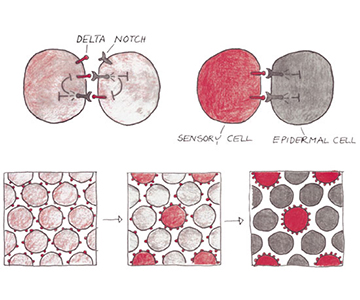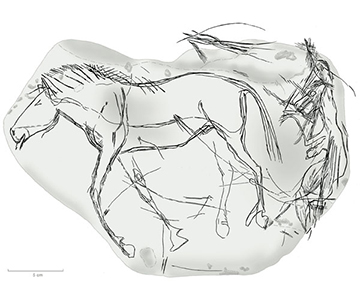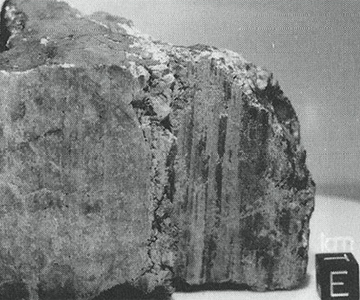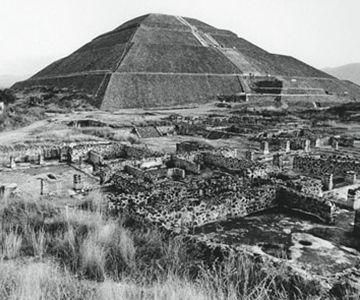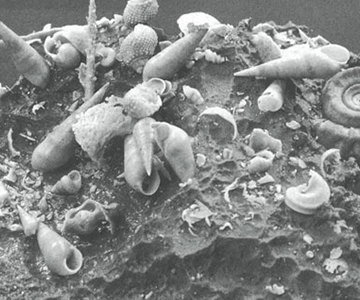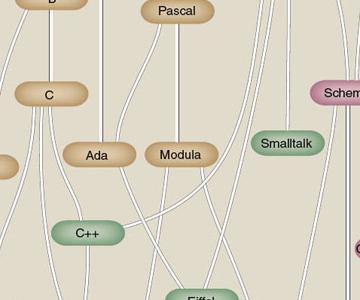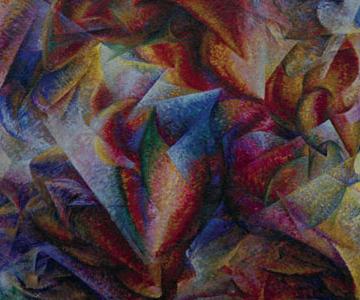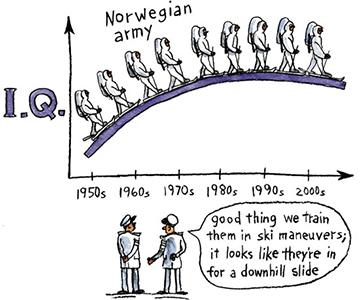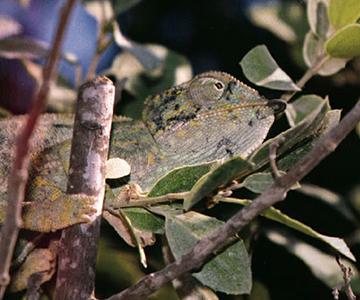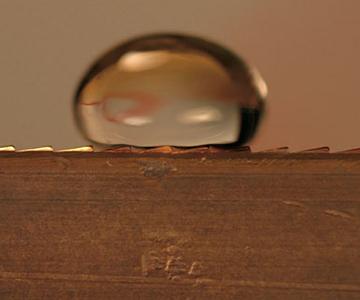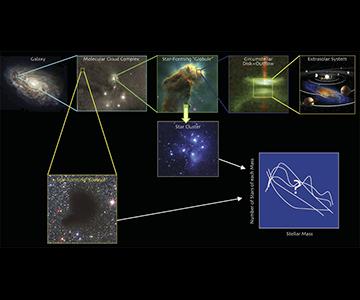Magazine
July-August 2006
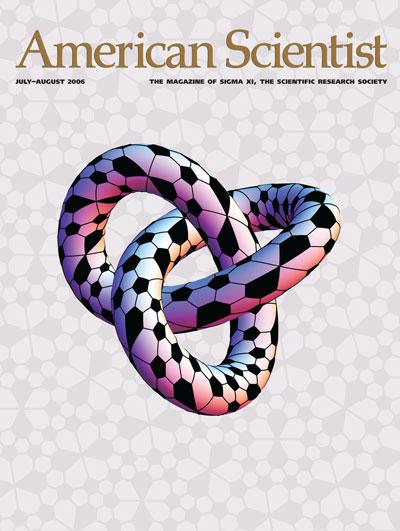
July-August 2006
Volume: 94 Number: 4
To a mathematician, the iconic soccer ball is a sphere made of polygons—12 pentagons and 20 hexagons. By using a mathematical construction called a branched covering, soccer-ball patterns can be mapped onto other surfaces, such as the knotted torus on the cover. The plane behind the torus displays a repeating motif of 24 pentagons and 40 hexagons—what mathematicians call a two-fold branched covering of the standard soccer ball. The "defects" in the pattern, where six instead of three polygons meet at a vertex, are called branch points. With the quadrennial World Cup taking place this summer, Dieter Kotschick explores ways to create alternative soccer-ball designs on spheres and tori in "The Topology and Combinatorics of Soccer Balls." (Images calculated and created by Michael Trott of Wolfram Research, using Mathematica. An animation showing how the doubly covered sphere unfolds into a torus can be found at www.mathematicaguidebooks.org.)
In This Issue
- Agriculture
- Art
- Astronomy
- Biology
- Communications
- Computer
- Engineering
- Environment
- Evolution
- Mathematics
- Physics
- Psychology
- Sociology
Sleep to Remember
Matthew Walker
Biology Psychology
The brain needs sleep before and after learning new things, regardless of the type of memory. Naps can help, but caffeine isn't an effective substitute
The Source of Europe's Mild Climate
Richard Seager
Physics
The notion that the Gulf Stream is responsible for keeping Europe anomalously warm turns out to be a myth
Constructing Animal Locomotion from New Thermodynamics Theory
Adrian Bejan, James Marden
Biology Evolution Physics
Although running, flying and swimming appear to be distinctly different types of movement, they may have underlying physics in common
The Topology and Combinatorics of Soccer Balls
Dieter Kotschick
Mathematics
When mathematicians think about soccer balls, the number of possible designs quickly multiplies
Scientists' Nightstand

Short takes on three books
Roger Harris, Greg Ross, David Schoonmaker
Communications Review Scientists Nightstand
The Smaller Majority · Oceans: An Illustrated Reference · The Bomb: A Life

